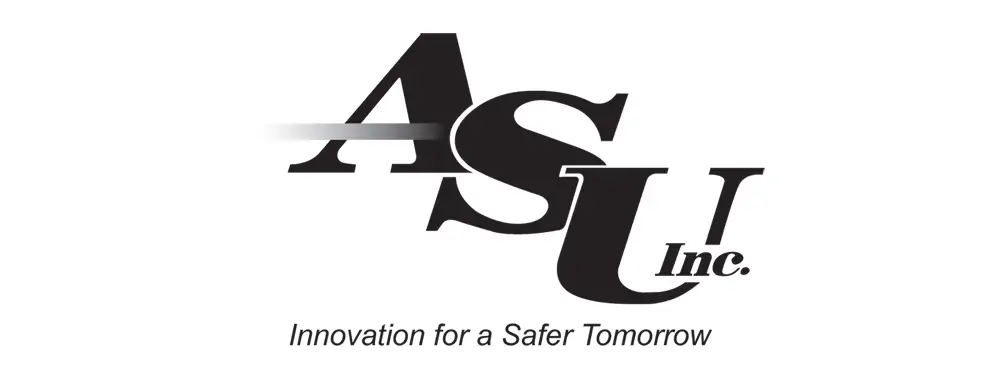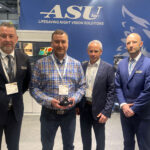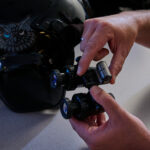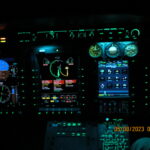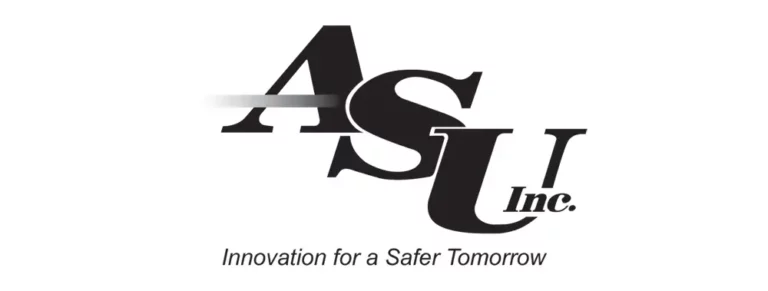The tail-end of this week’s storms were whipping through the area, and CALSTAR 6 lead pilot Kris Hunt was guiding the helicopter over Kingsbury Grade. In the back of the chopper, flight nurses Ted Langevin and Nathan Schwab were busy caring for a man who had been injured when a vehicle struck him Thursday night.
The last remaining bits of a winter cell brewed cautiousness in the flight crew, on their way from South Lake Tahoe to Renown Health in Reno. The team goes — or at times doesn’t — based on the weather, with visibility being a big deciding factor. But as the helicopter peaked over Kingsbury, Hunt said: “I can see everything.”
The CALSTAR pilot had an enhanced view of the Valley, spotting the lights of Reno as the chopper passed Highway 50 in Carson City. He was wearing night vision goggles that CALSTAR 6 pilots have been wearing for five years, and flight nurses for two. For Hunt, the pitch-black ground, dotted with the lights of homes and motorists, was a bright green landscape that showed shallow cavities in the hills, individual trees and the helicopter’s destination in the distance — none of which would be distinguishable without the goggles.
“We know there is weather in the area. One of the nice things about having the goggles is we can definitely see ridgelines, and when we can see the ridgelines and the clouds, we know that there is a path for us to fly to the trauma center in Reno,” Langevin said. “Once we got airborne with the patient, Kris was able to navigate with the goggles very easily.”
When the call first came in, Hunt checked the weather, which signaled a clear path to Reno. But between the call and take off, the weather changed, and on the other side of Kingsbury the helicopter ran into snow flurries.
“It just came in as we waited on the ambulance, and that’s what it does up here,” Hunt said, who first joined CALSTAR in 1995 and has been flying helicopters since his time in the Vietnam War.
With the goggles though, the trip was doable. In the pre-night vision days, it would take an initial flight to see if the paths were open, before lifting off with a patient.
“A night like these in the old days, we use to actually lift, take a weather check, phone calls and stuff as best we could,” Hunt said. “And then actually lift up and see if we could see through the passes and then come back and say ‘yeah we can do the flight.’ ”
“We lift with goggles on and two people up front, and we can automatically see we can leave the basin,” Langevin said, who has been with CALSTAR for six years.
CALSTAR 6 currently has three pairs of night vision goggles, and recently received a $21,400 grant from Harrah’s and Harveys early this year for two more. It’s common for the goggles to have to go out for service, in fact they’re required to every 190 days according to Hunt, so the extra pairs are a necessity.
“Harveys and Harrah’s corporation, they provided us more ability to take care of patients. That’s what it boils down to really. Because we wouldn’t have been able to do the flight tonight, possibly, without goggles,” Langevin added. “Which means that patient is delayed in his care, and he was in serious condition, and therefore he would have suffered, had we not had the ability to have these goggles.”
According to Schwab, Langevin and Hunt, who have more than 25 years of combined CALSTAR experience, the goggles make their jobs safer and more efficient.
“We’re at a point now that, if for some reason there was not a pair of goggles for the pilot, we would not fly at night to a scene, period,” Schwab said. “We could go to a hospital, land at an airport, but going to in a valley, landing between trees, at night — we just wouldn’t do it anymore. And that’s something they did five, 10 years ago, and I think it’s just the way the industry is going. The goggles … everybody realized how incredible they were and now they’re pretty much an industry standard and something we have to have.”
The team not only flew into weather on the way to Reno, but found themselves staring at a snow squall engulfing the South Shore as they came back over Spooner Summit. Once again, the goggles where able to show them the way home.
“It’s nice, it’s comforting,” Hunt said of having the goggles in that situation. “There’s no apprehension there.”
Courtesy of Tahoe Daily Tribune <link to full story>


